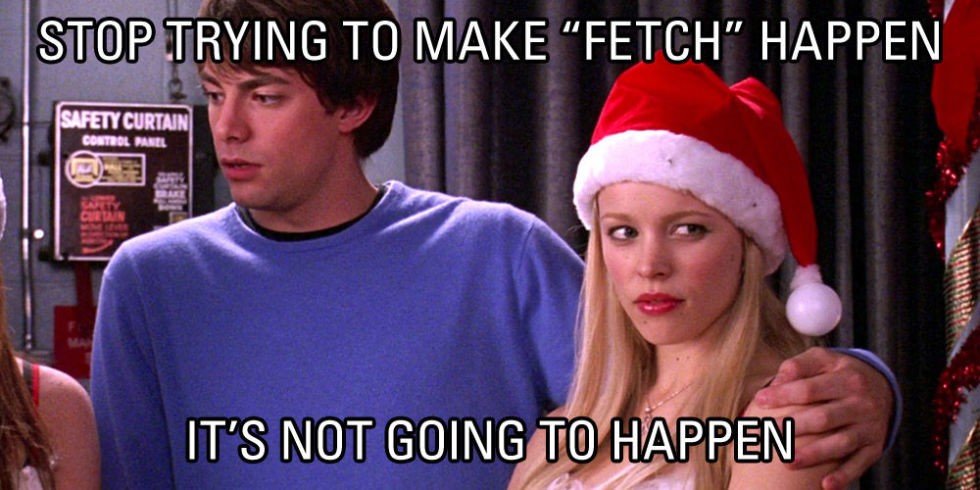Stop Trying To Make Fetch Happen

There’s a scene in the cult-classic movie ‘Mean Girls’ in which one of the characters admonishes another group member for trying too hard. She says, “Stop trying to make fetch happen” coincidentally, this advice is applicable when discussing creating a content strategy around going ‘viral’. Although businesses should have a plan in place to capitalize on a viral moment, they should focus their strategy around useful content instead of going viral. Planning to get content to go viral can backfire because it wastes resources, reduces overall footprint, and is like trying to catch lightning in a bottle.
It’s Easy to ‘Go Viral’ Right?
While it may seem like companies are going viral regularly due to news cycles and the talk show circuit, the truth is that very little of the content produced online ever goes viral. According to Forbes, “only 15% of marketers go viral” which is higher than I expected and still possibly not a very accurate number. The challenge with finding the exact percentage of content that goes viral, is that there is no exact definition of what is considered ‘viral’. Some people believe that any digital content that receives millions of views should be considered viral, but others feel that the speed at which content is shared and viewed should be the determining factor. Regardless of the approach, it is not a reliable way to measure results of digital content.
It Helps Drive Revenue and Awareness, Right?
When creating content specifically for the business and brand, it is tailored to a market segment and specific use case. On the contrary, viral attempts are chasing the latest trends and are not directly related to any specific group of consumers. Given this information, it should be easy to see that viral content might reach a large group of people in a short period of time, but they are not likely to be the people targeted by the business. A simple way to test the impact of a viral trend is to ask colleagues, friends, and family which of the viral trends they remember. It is likely that they will remember some but not a large portion of the viral content history. The reason this test is important is because it shows that while viral reaches a large group, it rarely reaches a specific group predictably or consistently.
What’s The Use?
It’s important to have a plan prepared for going viral without connecting its success to creating a viral event. The plan to capitalize on a viral moment might include: driving traffic to a webpage that collects email information, driving registration for a newsletter, selling viral merch, or creating a series based on the viral content. If it’s not useful information, even the most entertaining viral content fizzles out in a matter of a month. Therefore, it’s more compelling to focus digital content on functional information that guides the target audience by servicing a need. For example, tech companies could provide strategic guidance on anything tech depending on their target being B2C or B2B. Useful content is a long-term strategy that can help grow the brand and potentially encourage user-generated content, which is what most often goes viral. When the user generates content, it is more trustworthy, more organic, and does not look like a company is trying to make ‘fetch’ happen.



